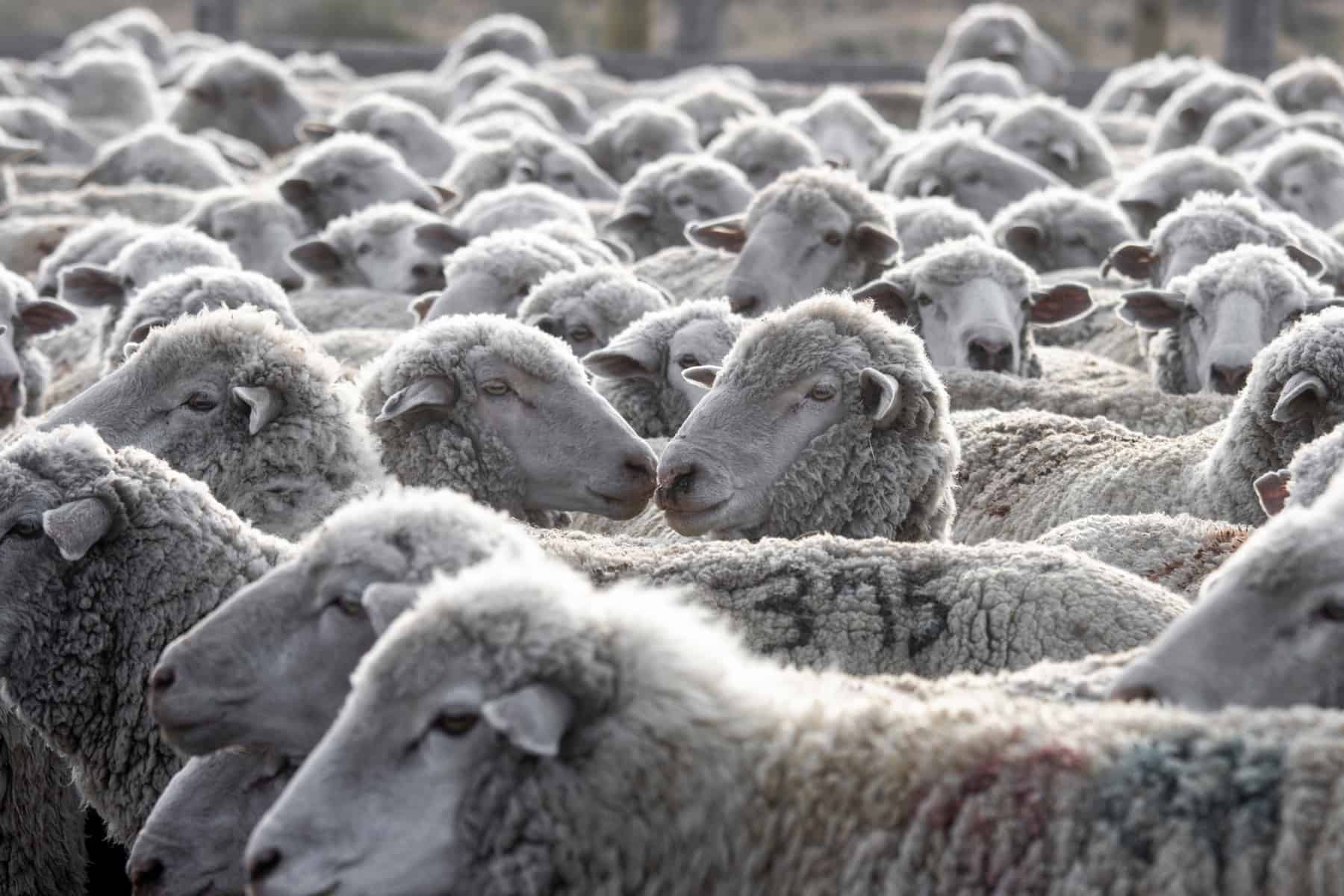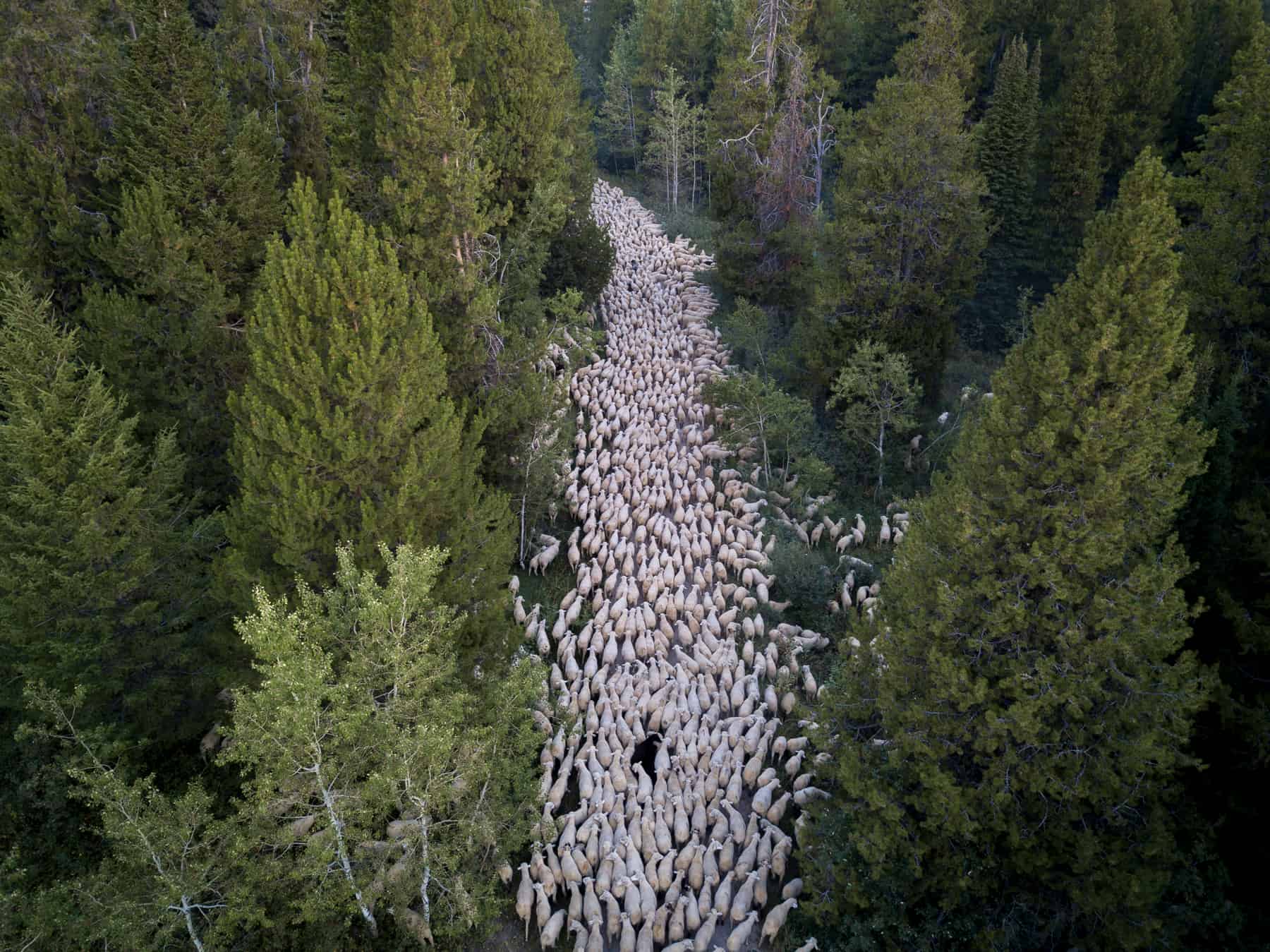By Jenn Rein // Photography by Natalie Behring
—
Sheep ranching is a long-held tradition in most mountain states, grown from roots established sometime in the 1800s. Emigrants—from Scotland, Peru, and the Basque region of Spain—migrated to the mountains to participate in this agricultural practice. In the early part of the twentieth century, Idaho was second only to Australia in sheepherding, having as many as 2.65 million sheep ranched within its borders. This landscape has changed drastically, but sheep ranching families still manage to make a living in South Central Idaho, and some outfits even use our Teton neighborhood for pasturing.
A Dual-Purpose Animal
Sheep are raised to serve two purposes—for their meat and their fleece. In fact, the health of the animal is maintained by a yearly shearing, one that is not optional. Domestic sheep do not shed their wool naturally, with the exception of some breeds that grow hair rather than wool. Should the shearing be neglected, the animal would suffer from a variety of difficulties, like a body temperature imbalance and hampered mobility.
Shearing is part of the ebb and flow of a sheep rancher’s life. At our altitude, this practice ordinarily takes place in the spring due to weather conditions. The herds are brought in from their grazing territory, one right after another, to get an annual haircut. For the Siddoway family who breeds between five to twelve thousand head of sheep a year, depending on the market, this effort takes between three to four weeks.
After the fleece is cut, it’s graded, or sorted, into different classes based on the thickness of each wool strand (referred to as the micron). Some fleece is sorted by staple length (the average length of the fiber within the fleece when measured from the skin to the fiber tip), as well, and then baled to be auctioned off.
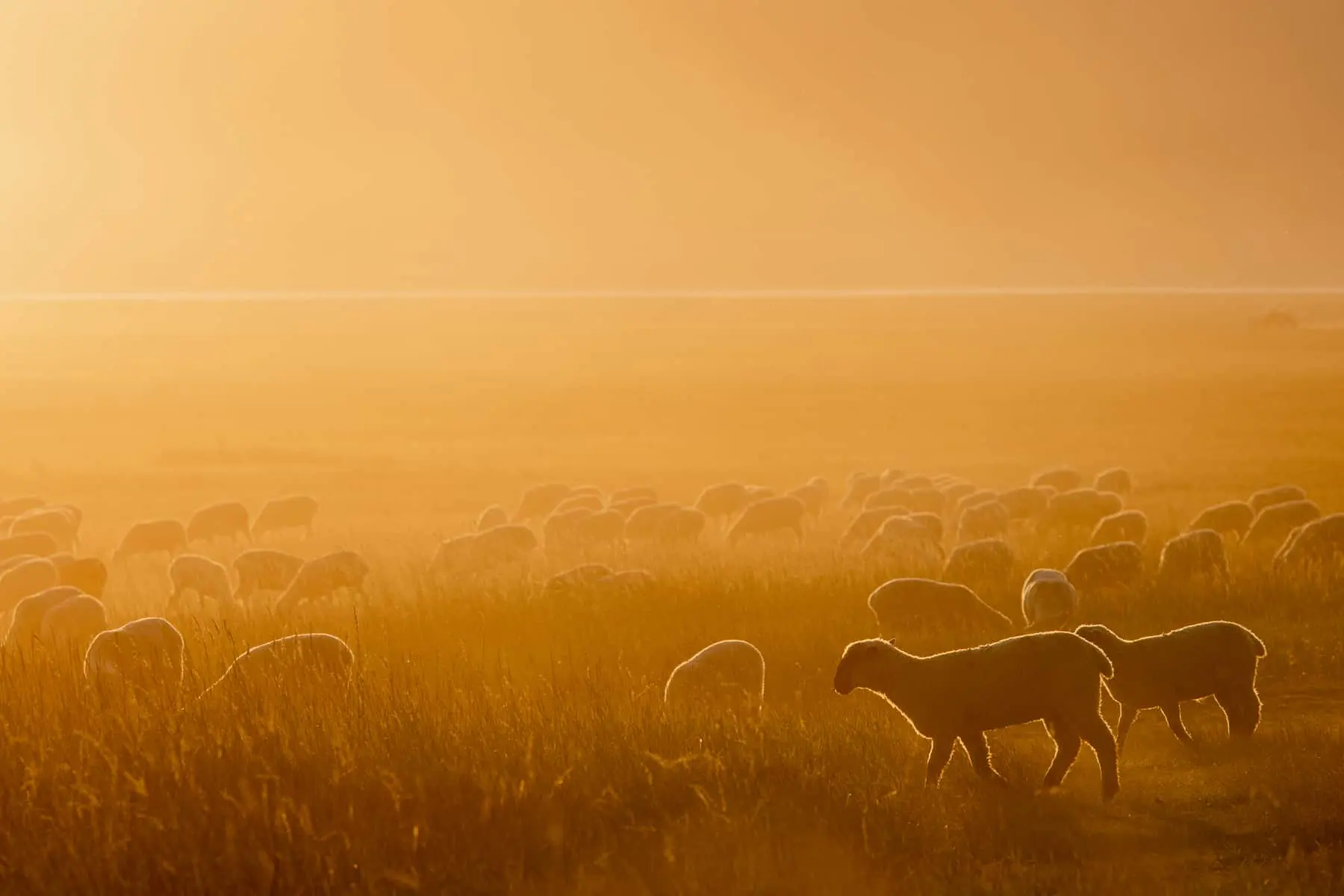
Navigating the Landscape
The Siddoways originally settled on Canyon Creek in 1886 as Mormon pioneers. Once they registered their sheep brand in 1898, the herds ran in the Tetons. Today, this ranching family, spread out between Victor, Newdale, and Terreton, Idaho, runs their herds exclusively in the Big Hole Mountains of Teton Valley and along the Idaho and Wyoming boarder in the Snake River Range.
“If someone is hiking in Teton Valley to the west or south, and they run into sheep, they are more than likely from the Siddoway Sheep Company,” explains Billie Siddoway.
In addition to their summer grazing locales, the sheep also enjoy winter grazing in the Arco desert. This method of moving from seasonal ranges without a fixed location is referred to as “transhumance.”
Billie is a fifth generation Siddoway who is actively involved in her family’s ranching operations. She says the wool and meat markets dictate how intensive their efforts are from year to year. Like any family who depends on agriculture to make a living, both market value and politics influence their livelihood.
“Policies for agriculture change when a federal administration changes, so ranchers have to stay aware and involved to understand how those changes might affect them,” she says.
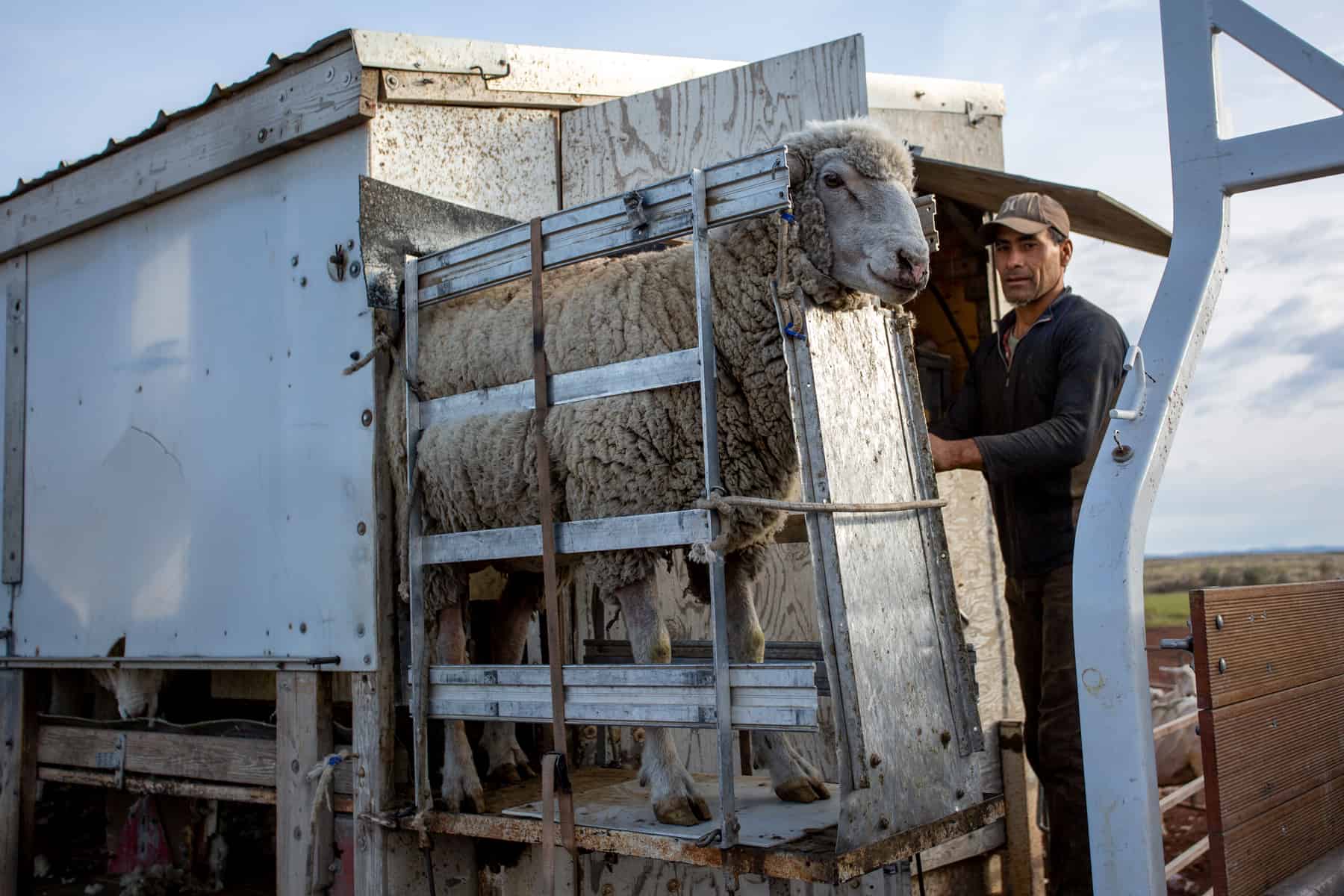
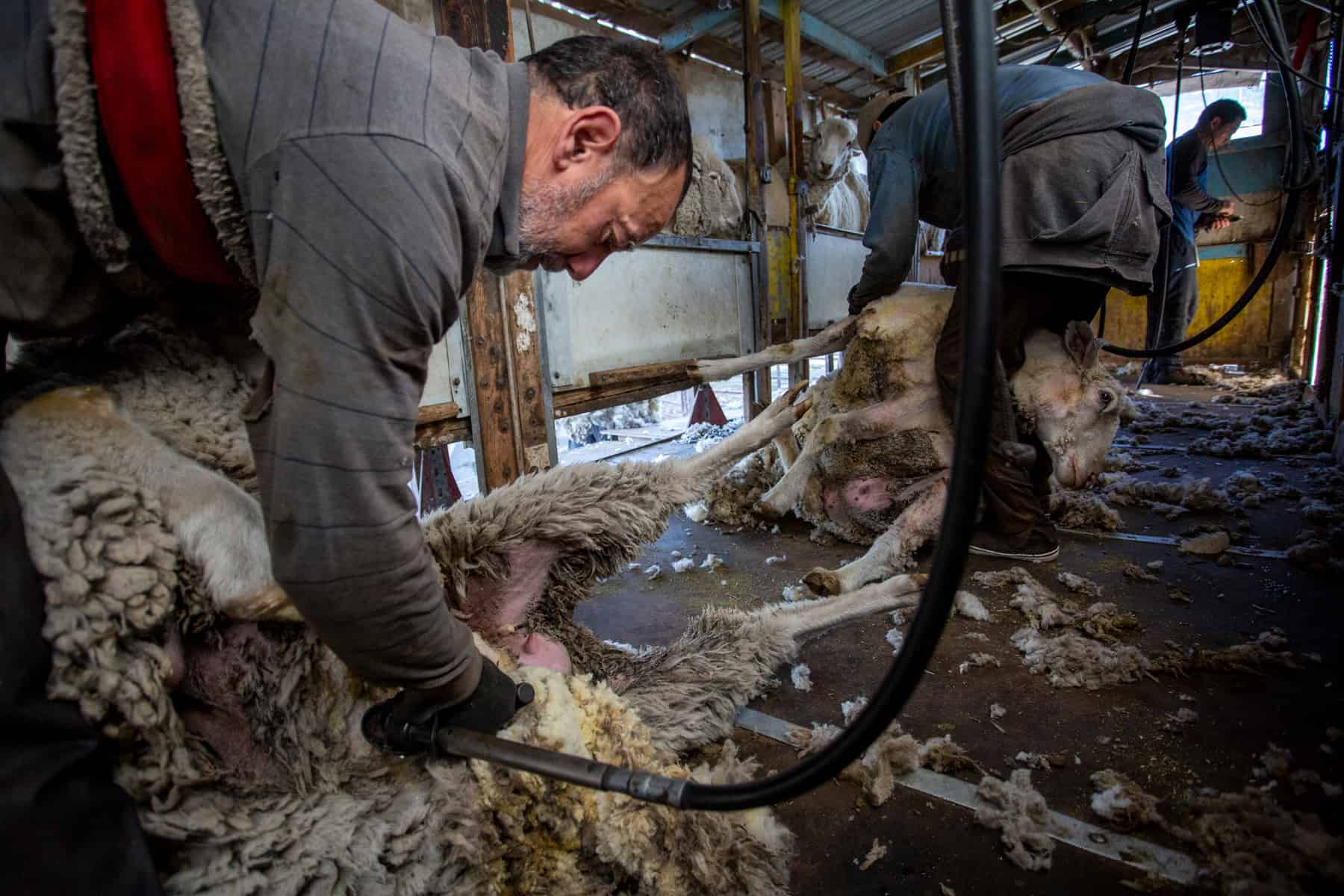
Over the past few years, auctioning bales of raw fleece (to both domestic and international bidders) has been slow-going for this ranching family. Success in selling wool has a great deal to do with the needs of consumers and market demand for specific types of fleece.
“We take bids by email, but recently it’s been tough to turn over. For the last few years we haven’t been able to get enough money on the market to even cover our shearing cost, so we’ve just been warehousing all of our wool,” Billie explains. (Siddoway Ranch currently has 160,000 pounds of wool in storage.)
This slowing down of sales has a lot to do with the breed of sheep the Siddoways raise. The wool yielded from their Columbia and Suffolk breeds is primarily used for wool blankets and socks. Demand for these goods has slowed, in favor of man-made textiles, and, as Billie points out, “Once you’ve purchased a wool blanket, how many more do you need? These items are durable and long-lasting.”
The wool market has not only been affected by demand, but also by environmental policy. The Clean Water Act prohibits the use of many of the solvents that have been traditionally needed to clean wool. Raw wool fibers contain fat, suint, plant materials, and minerals. It is necessary to remove these by scouring with a combination of detergents, wetting agents, and emulsifiers before further processing. As the demand for wool has decreased, the expense of this stage in wool production has caused the majority of U.S. woolen mills to shut down. Not only that, but some of the detergents that have been used in scouring wool are also eco-toxic.
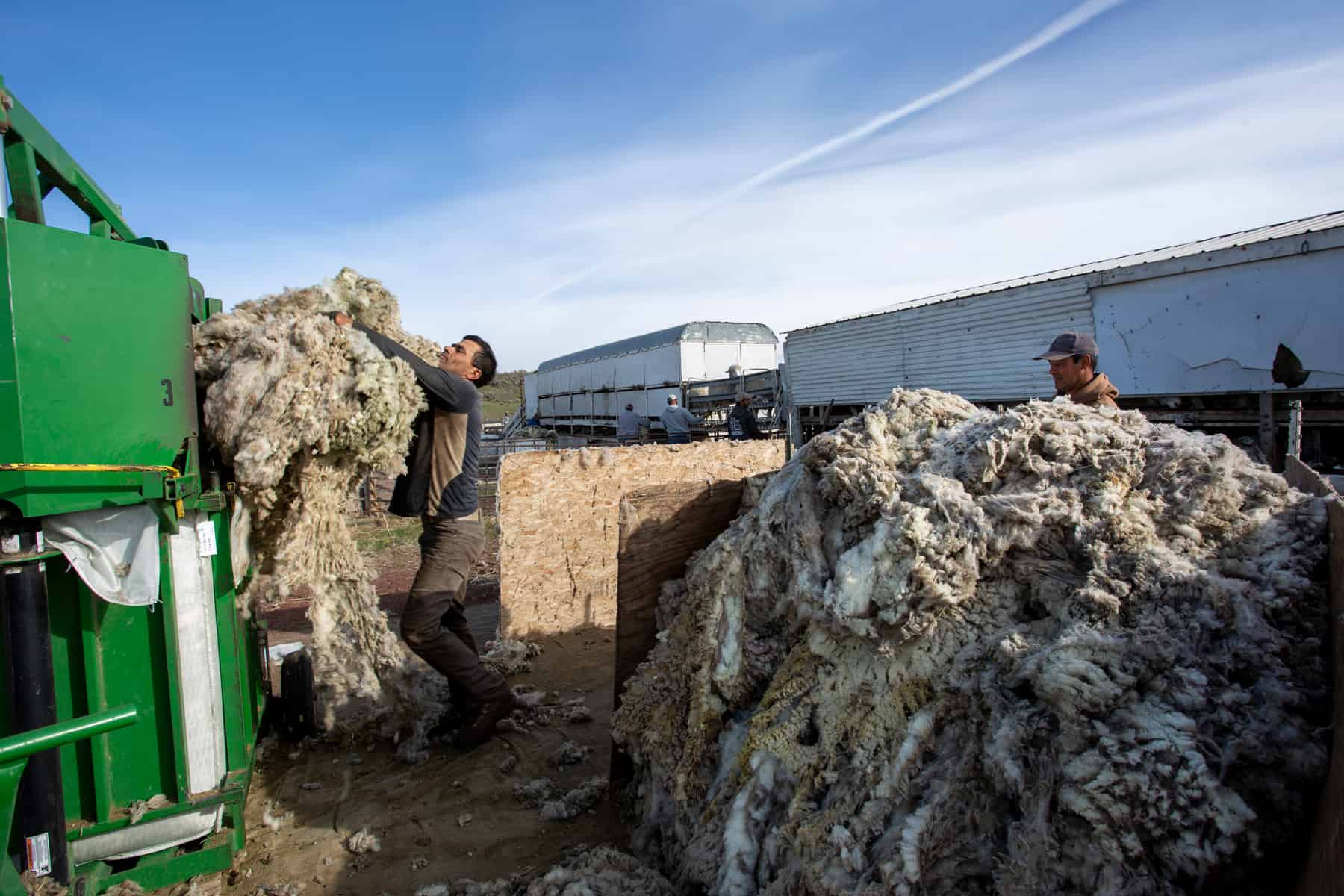
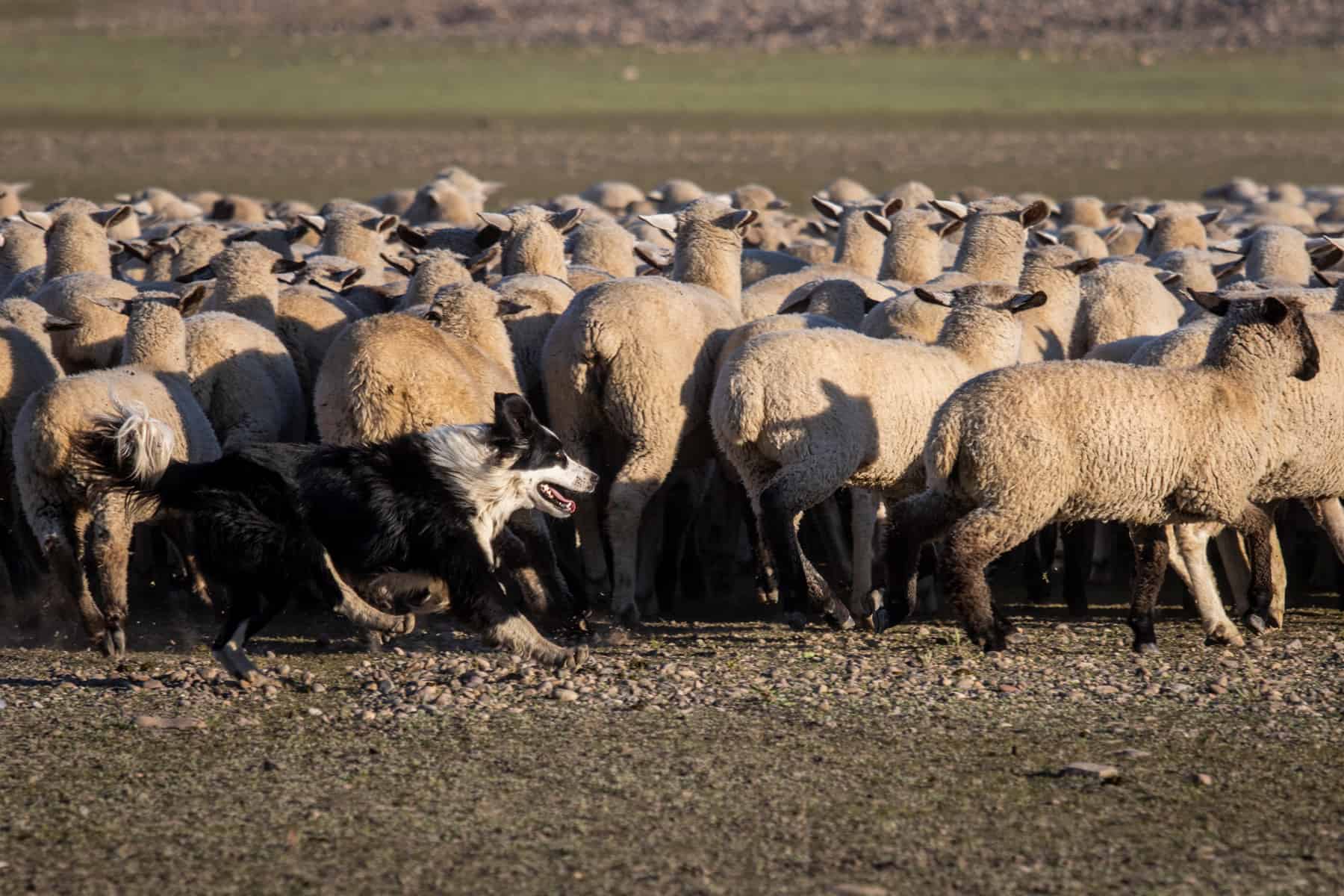
Playing the Wool Game
The Idaho Wool Growers Association (IWGA) focuses on protecting the livelihood of Idaho’s sheep producing families, an effort that dates back to 1890. From its inception, this organization has helped with issues like the use of public lands, the processing of both meat and wool, and the pricing of those commodities. (Wyoming, currently ranked Number 1 in the U.S. for wool production, has a similar organization, Wyoming Wool Growers Association.)
Since the IWGA’s inception, the state’s ranching culture has seen a deep decline due to international competition, rising costs, depredation, and government regulation. According to the U.S. Department of Agriculture, at one time, Idaho’s sheep population outnumbered people six to one. The demand for wool was high, and its uses were broad.
The sheep outfits that remain in Idaho raise about 230,000 head throughout the state. The holdouts that endure have made the best of their circumstances, some turning to direct marketing in order to control how their livestock and yield is managed. This means eliminating the need to sell sheep in order for meat to be processed, but instead processing on site. And for wool, cleaning is executed by the ranch or a direct partner. The IWGA aids in these efforts by educating the rancher on what needs to be done to succeed in direct marketing.
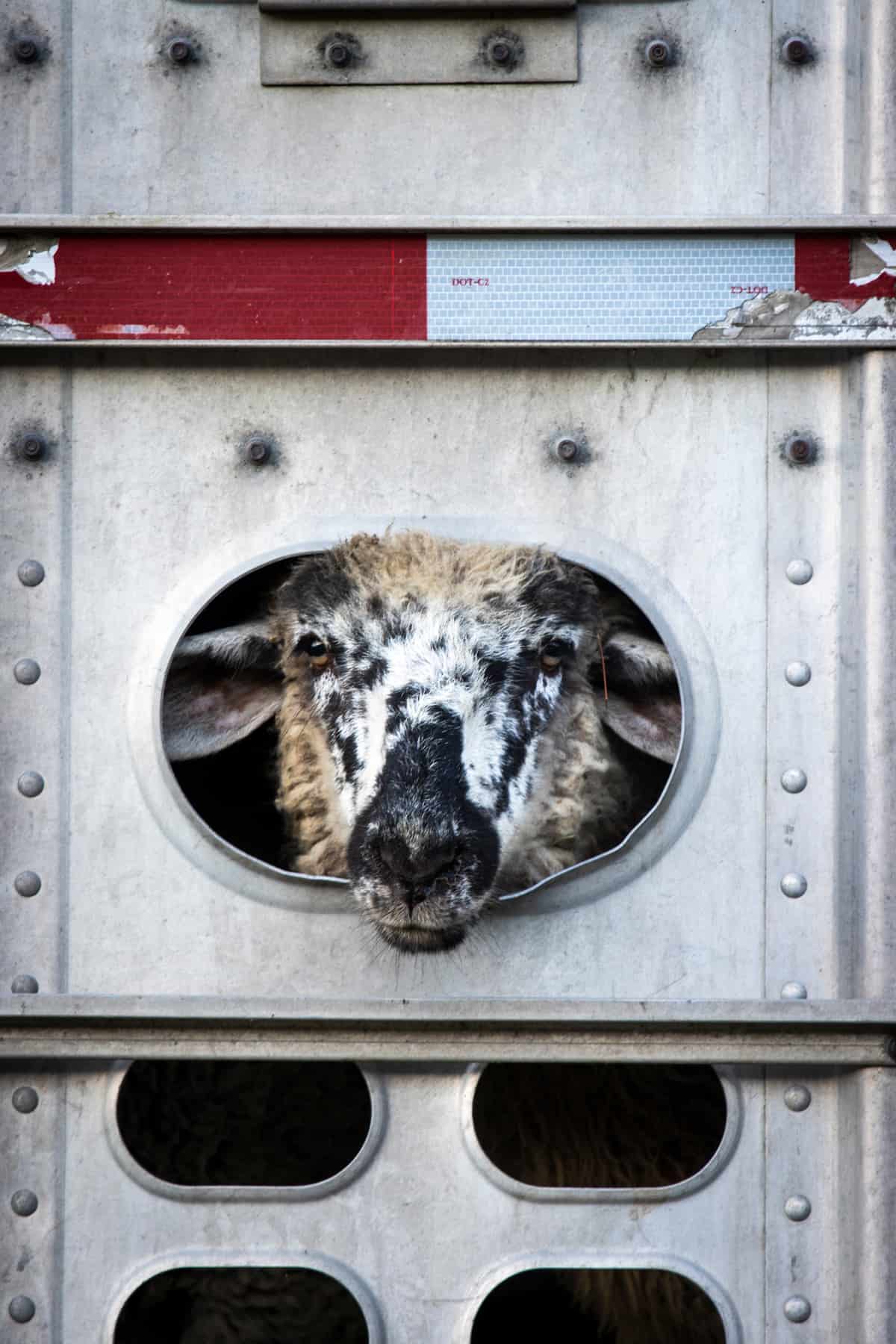
Achieving Wooly Success
In our region, the 25,000 acre Helle Rambouillet Ranch in Dillon, Montana, is one of the greatest success stories. Their approach to direct marketing has been achieved in partnership with a facility in South Carolina that cleans the fleece in order to create apparel that is American-made. This has resulted in the Duckworth brand, the world’s only source-verified, single-origin Merino wool apparel company.
The Helle family raises the Rambouillet (ram-boo-ley) breed, a French version of the Spanish Merino. Certified Rambouillet wool has fine fibers and a natural stretch that is wonderfully soft. The Helle sheep are exposed to tough Rocky Mountain weather that results in a fleece with an exceptional loft and breathability. They call this “Montana Merino,” and their success can be seen in the high demand for the Duckworth brand.
Today, consumers are savvy when it comes to understanding the source of the goods they invest in, and whether or not those goods are eco-conscious. The Helle Rambouillet Ranch, and the wool industry in general, acknowledges this and is making adjustments. To protect the environment, wool can now be scoured using only environmentally-friendly detergents containing no bleach or other chemical enhancements. From sustainable ranching practices, ensuring that their apparel follows a supply chain that is single-origin, and ramping up online sales of their product, Helle Rambouillet meets consumer demands, assuring the success of their product.
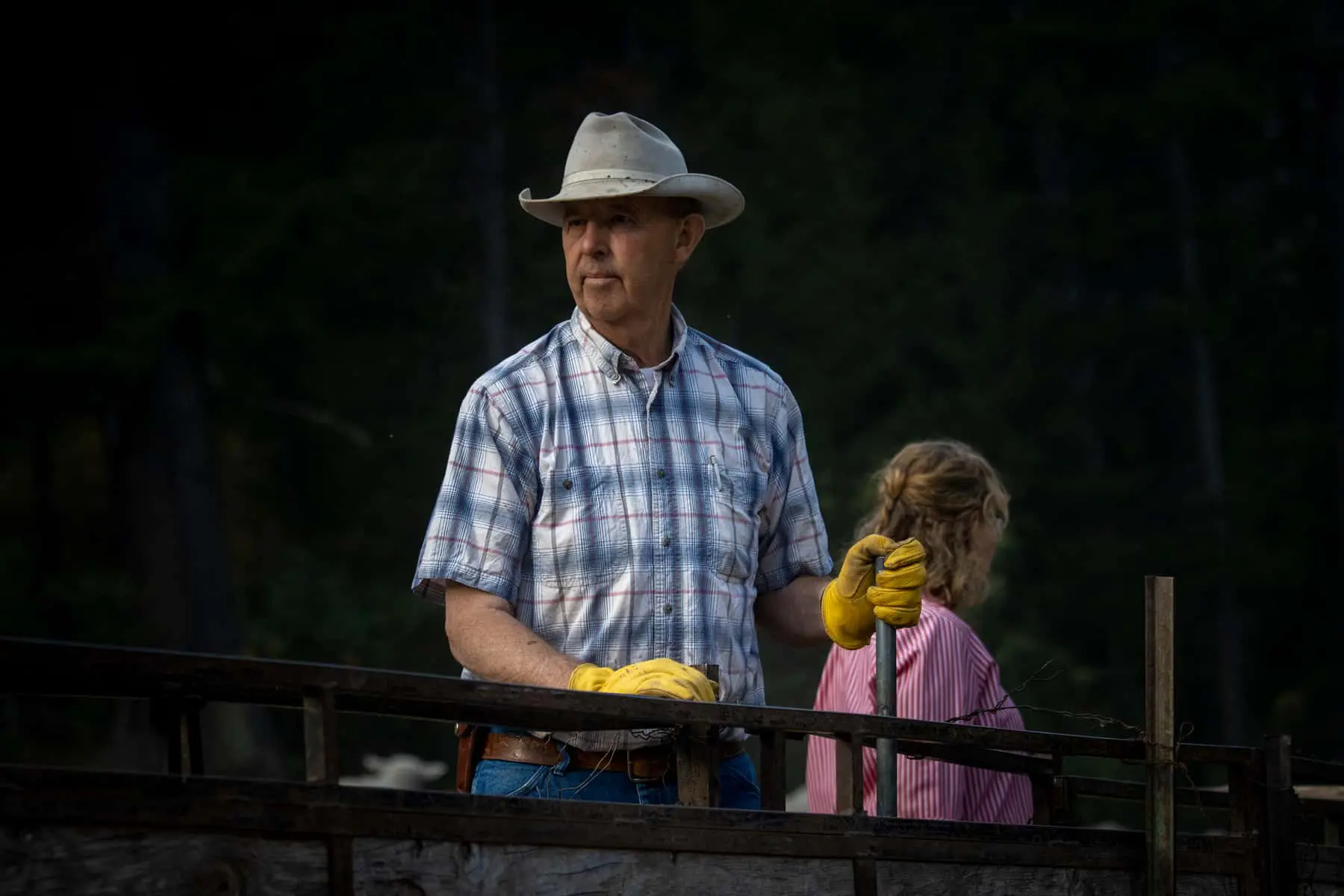
Celebrating a Heritage
Despite market challenges, Idaho sheep ranchers maintain their tight community heritage by finding ways to stay connected. Not only through IWGA membership, but with a yearly celebration in Ketchum—the Trailing of the Sheep Festival—held during the first week in October. In its 26th year, this cultural event is an important reminder of the role that sheep ranching has played in Idaho and beyond.
Moving sheep, or “trailing” them from high mountain summer pastures to winter grazing areas is a living history, as well as the focus of this unique festival. Ranches and community members gather here to celebrate the people, art, culture, and tradition of sheep ranching with a folklife fair, lamb culinary offerings, and wool workshops.
Taking the time to appreciate how sheep ranching has contributed to the culture of the Mountain West means paying a little more attention to this ancient practice. These animals were among the first to be domesticated by humans—a relationship that began around 10,000 BC—and the connection still remains. However, the value of this tradition rests in the hands of the consumer. Making lifestyle choices—what products to buy, wear, and support—creates a small shift in a collective mindset, one focused on sustaining a local heritage.
